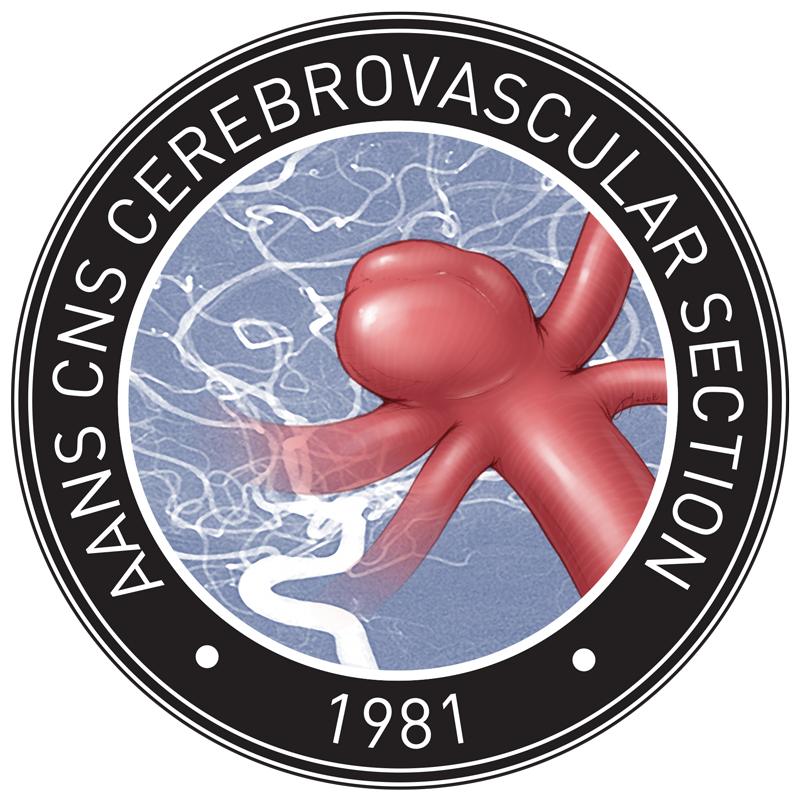Small Aneurysms Account for the Majority and Increasing Percentage of Aneurysmal Subarachnoid Hemorrhage: A 25-Year, Single Institution Study

Treatment of small intracranial aneurysms(IA’s) remains controversial due to perceived higher risks of treatment for small aneurysm as compared to the very lower rupture rates demonstrated during multiple prospective clinical trials. However, ruptured small IA’s are commonly encountered during clinical practice. This retrospective analysis of a prospectively maintained database representing all aSAH patients presenting at a single institution from 1991-2016. During that period data was available for 1306 patients. Average age was 53 yrs and 72% of patients with aSAH were female. Aneurysms rupture location and vessel of origin did not change significantly throughout the study interval. The most common location for ruptured aneurysms was the anterior communicating artery (31.2%), followed by the posterior communicating artery (23.0%) and the MCA bifurcation (9.1%). The average size of the ruptured IA presenting during the 25 year interval was 8 mm (+-5.7). The average size of ruptured IA s decrease each successive 5 year interval. Very small IA(<5mms) accounted for aSAH in 28.8% of IAs in the initial 5 year interval and increased to 49.6% in the most recent interval. Similarly, there was an increased percentage of small IA (5-9mm) rupture from 26.3% to 33.8% during the same intervals. 83.5% of ruptured IAs during the most recent interval were <10mm in size. Consideration of aneurysms size and other variables should be weighed when determining a patient’s risk of rupture for incidentally discovered aneurysms.
https://doi.org/10.1093/neuros/nyx484
